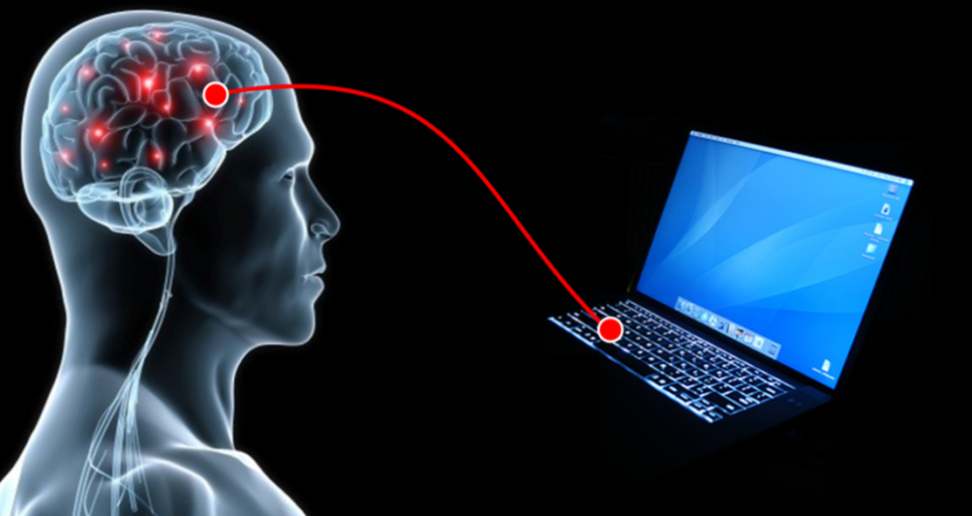Peterexch, Dhoombet, Go999exch: Brain-computer interfaces (BCIs) are innovative technologies that facilitate direct communication between the brain and external devices. By decoding neural signals, BCIs enable individuals to control computers, prosthetic limbs, or other devices using their thoughts alone. This groundbreaking technology opens up a realm of possibilities for individuals with physical disabilities, allowing them to regain independence and improve their quality of life.
The development of BCIs has advanced rapidly in recent years, fueled by breakthroughs in neuroscience and engineering. Scientists have made significant strides in understanding the brain’s intricate workings and translating neural activity into actionable commands. As a result, BCIs have the potential to revolutionize fields such as healthcare, gaming, and assistive technology, offering new avenues for human-machine interaction and enhancing our capabilities beyond traditional input methods.
History of Brain-Computer Interface Technology
Brain-computer interface technology has seen significant advancements over the years. The concept of interfacing the brain with external devices dates back to the late 1960s when researchers first began exploring ways to decode brain signals. Early experiments involved implanting electrodes directly into the brains of animals to record and interpret neural activity.
Throughout the 1970s and 1980s, researchers made strides in developing non-invasive techniques for brain-computer interfaces, such as electroencephalography (EEG). These techniques allowed for the measurement of electrical activity in the brain without the need for invasive surgery, opening up the possibilities for a wider range of applications in the field of neurotechnology.
How Brain-Computer Interfaces Work
Fun999exch, Goldbet7, Exch247: Brain-computer interfaces (BCIs) operate by establishing a direct communication pathway between the brain and an external device. This technology functions by interpreting brain signals and translating them into commands that control the device. Through the use of various sensors placed on the scalp or directly within the brain, BCIs can detect different patterns of brain activity, allowing users to interact with computers or other devices solely through their thoughts.
The signals captured by the BCI sensors are then processed by specialized algorithms that decode the neural activity into meaningful commands. These commands can range from simple actions like moving a cursor on a screen to more complex tasks such as typing text or controlling robotic arms. By harnessing the power of the brain’s electrical signals, BCIs offer a promising solution for individuals with severe physical disabilities to regain communication and control over their environment.
� BCIs establish a direct communication pathway between the brain and an external device
� Technology interprets brain signals and translates them into commands for device control
� Various sensors placed on the scalp or directly within the brain detect patterns of brain activity
� Signals captured by BCI sensors are processed by specialized algorithms to decode neural activity
� Commands can range from simple actions like moving a cursor to complex tasks like controlling robotic arms
What is a Brain-Computer Interface (BCI)?
A Brain-Computer Interface (BCI) is a technology that allows for direct communication between the brain and an external device, such as a computer or prosthetic limb.
How do Brain-Computer Interfaces work?
Brain-Computer Interfaces work by translating brain signals into commands that can be understood by a computer. This is typically done using electrodes placed on the scalp or implanted directly into the brain.
What are the applications of Brain-Computer Interfaces?
Brain-Computer Interfaces have a wide range of applications, including enabling individuals with disabilities to control devices with their thoughts, aiding in neuroscientific research, and even enhancing cognitive abilities.
Are Brain-Computer Interfaces safe to use?
While Brain-Computer Interfaces are generally safe to use, there are some risks associated with implanting electrodes into the brain. It is important for users to work with trained professionals and follow safety guidelines.
How has Brain-Computer Interface technology evolved over time?
Brain-Computer Interface technology has evolved significantly since its inception in the 1970s. Advances in neuroscience, computing, and engineering have led to more sophisticated and user-friendly BCIs.
Read Also:
- Abyssinian Cat: How To Take Care Of Them
- Raccoon Dog: Who Are They? Diets, Facts, Pictures
- 10 Low-Maintenance Pets For Busy People: Bringing Joy Without Breaking Your Schedule

